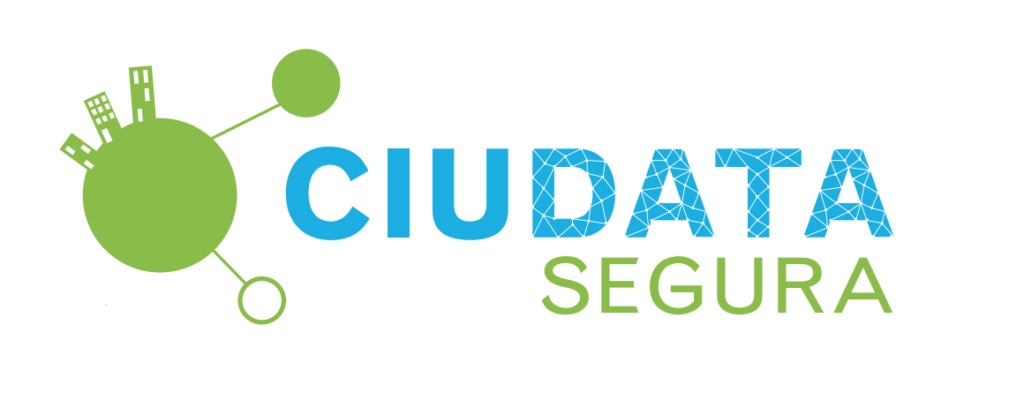About
While war-related deaths have declined since the 1950s, murder rates have been on the rise in in certain regions of the world, especially in the Global South. With the emergence of new forms and drivers of conflict and violence, the call for evidence-informed crime prevention makes new data and technologies essential to understand this complex and multifaceted issue. Our goal is to use data and technology for a greater understanding of crime dynamics, while helping governments and communities design interventions conducive to more peaceful societies.
Publications

"The Impact of Crime Shocks Across Gender and Socioeconomic Groups: A Large-scale Mapping Of Behavioral Disruption"
Rodrigo Lara Molina, Alejandro Noriega, Eaman Jahani, Julie Ricard, Alex Pentland
In recent decades the world has seen a simultaneous trend towards becoming more peaceful overall, but also towards higher homicide rates surging in focal regions in the developing world. Although abundant research exists on the nature and sociology of crime, few studies look into the damaging impact of crime and violence on the daily lives of affected communities. The present study proposes the use of societal-scale behavioral data—card transactions’ metadata—to elicit such impact. On the crime side, we use detailed homicide records for an entire middle-income country to identify salient crime shocks at the local level. On the behavioral side, we use debit card transaction volumes throughout the country to extract behavioral indices. We show that crime shocks have a substantial effect on communities’ consumption patterns. Moreover, we show that the effects of crime shocks distribute differently across population subgroups de ned by gender and socioeconomic status— e.g., with reductions of up to 7% in females’ average volume of transactions—potentially exacerbating social inequalities. We conclude this work with policy recommendations on the use of ‘big data’ sources to monitor and help.

"Characterizing and Analyzing Urban Dynamics In Bogota"
Marco De Nadai, Emmanuel Letouzé, Marta C. González, Bruno Lepri
Containing crime without affecting the livability of the urban environment is a major challenge in our society. Traditionally, researchers relate crime to socio-economic disorganization and people’s routine activity, as it influences effective control and suitable targets. An important open question is what the role the urban fabric plays. Although empirical research has shown that the physical urban environment is an essential factor for urban vitality and health, we lack evidence of any clear relationship between the structural characteristics (e.g. roads and land use mix) of neighborhoods and crime. Here, by using open data and mobile phone records, we explore this link with a spatial regression model that analyzes the environmental and the social conditions to which each part of the city is exposed. We found that physical characteristics of the city connected to higher urban diversity better explain the emergence of crime than traditional socio-economic conditions and, together, physical characteristics and socioeconomic conditions improve the performance of previous approaches. This result suggests that urban diversity and natural surveillance theories play an important role in the proliferation of crime, and the knowledge of this role can be exploited in urban planning to reduce crime.

“Moves on the Street: Classifying Crime Hotspots Using Aggregated Anonymized Data on People Dynamics”
Andrey Bogomolov, Bruno Lepri, Jacopo Staiano, Emmanuel Letouzé, Nuria Oliver, Alex ‘Sandy’ Pentland, and Fabio Pianesi, in collaboration with the World Bank Group, BKF, and Telefónica
Using a multimodal, data-driven, and place-centric approach, researchers were able to predict high- and low-concentrated crime hotspots throughout London. The findings, published in September 2015, make predictions using methodologies that “capture(s) the dynamics of a place rather than making extrapolations from previous crime histories.”
This paper highlights the potential societal benefits derived from big data applications with a focus on citizen safety and crime prevention. Authors detail a case study tackling the problem of crime hotspot classification, that is, the classification of which areas in a city are more likely to witness crimes based on past data. In the proposed approach demographic information is used along with human mobility characteristics as derived from anonymized and aggregated mobile network data. The findings support the hypothesis that aggregated human behavioral data captured from the mobile network infrastructure with basic demographic information can be used to predict crime.

"The Differential Impact of Crime Shocks Across Gender"
Rodrigo Lara Molina, Alejandro Noriega, Eaman Jahani, Julie Ricard, Alex Pentland
Poster from the Bloomberg ‘Data For Good Exchange’
September 2018
Projects

Learn how Ciudata Segura project, being conducted in Colombia, aims to build a granular spatio-temporal tool to diagnose crime factors in cities and better inform security policy-making by leveraging traditional (official statistics, surveys, interviews) and new data sources (big data, i.e CDRs and open source GIS).
Open Learning Hub:
Security and Crime Analysis Module
Learn more about Security and Crime Analysis on our Open Learning Hub. The module is based on the paper “Moves on the Street: Classifying Crime Hotspots Using Aggregated Anonymized Data on People Dynamics” by Andrey Bogomolov, Bruno Lepri, Jacopo Staiano, Emmanuel Letouzé, Nuria Oliver, Fabio Pianesi, and Alex Pentland.

Webinar:
Leveraging (Mobile) Data to Predict and Prevent Crime
Data-Pop Alliance Chief Data Scientist, Dr Nuria Oliver, introduces a novel approach to predict crime in geographic spaces from multiple data sources, particularly from mobile phones and demographic data. Dr Oliver also discusses how law enforcement officers can effectively prevent crimes by using aggregated and anonymized human behavioural data derived from mobile network infrastructure.
